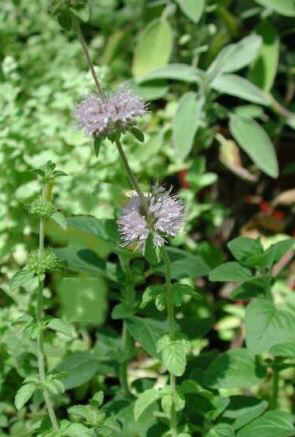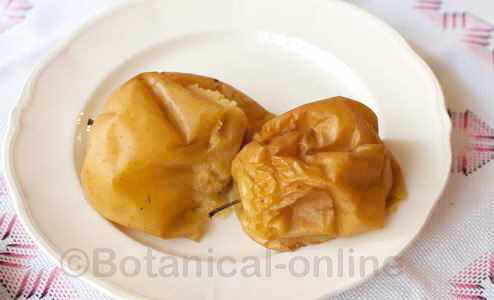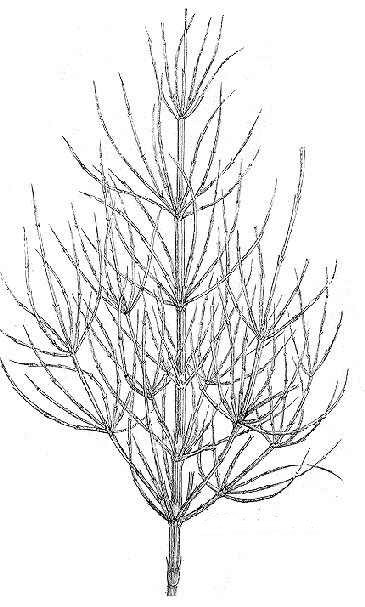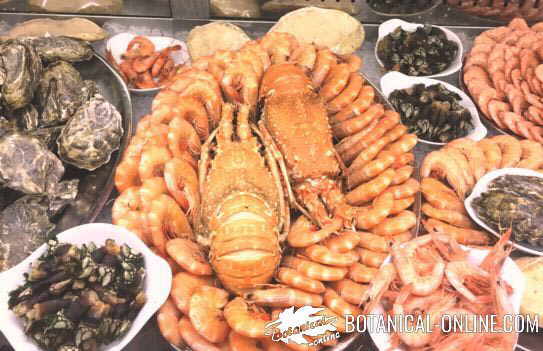Contents
What is a pennyroyal plant?
Characteristics of pennyroyal (Mentha pulegium)

|
Common English name: Pennyroyal, pudding grass, squaw mint, mosquito plant.
Scientific name: Mentha pulegium L. The species name “pulegium” comes from the Latin “pulex”, which means flea, because in ancient times this plant was used to flush out these parasites.
*See: Pennyroyal in other languages
Family: Labiatae
Habitat: In humid areas, near ponds, rivers and meadows.
Description of pennyroyal
Perennial plant of the Labiatae family up to 50 cm.
Creeping stems where flower stalks are born from.
Oval leaves up to 2 cm in length with shorter stems that flower stalks; Oval, covered with a dense gray pubescence and with blunt teeth.
Flowers up to 6 mm, lilac or pink, rarely white, gathered in whorls rounded and grouped. Calyx irregular teeth, pubescent like the flower stalks.
Plant with pungent odor.
Collection and preservation of pennyroyal
The young leaves can be harvested throughout the whole year.
The flowers are harvested during the summer or in the fall. After drying in the shadow, they should be stored in a clean, dry airtight container.
Composition of pennyroyal
Pennyroyal components are:
- Essential oil (1-2%): The main components are pulegone and isopulegone (70-80%), menthone, iso-menthone, limonene, piperitenone, carvacrol.
- Terpenes: pinene, alpha-pinene, beta-pinene, beta-phellandrene, cadinene, camphene, limonene, menthol, linalool, nerol, ocimene, sabinene, terpineol, thymol, thujone (Plant)
- Salicylic acid, rosmarinic acic (Plant)
- Fatty acids: butyric, formic, lauric, palmitic
- Tannins (Plant)
- Flavonoids: hesperidin, diosmin (Plant)
- Fiber (Plant)
- Minerals: phosphorus, potassium, selenium, sodium, zinc, aluminum, calcium, cobalt (Plant)
![]() More information on pennyroyal
More information on pennyroyal








